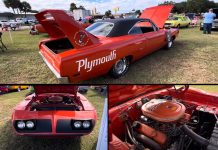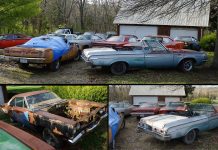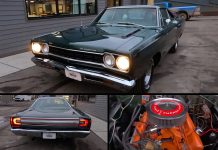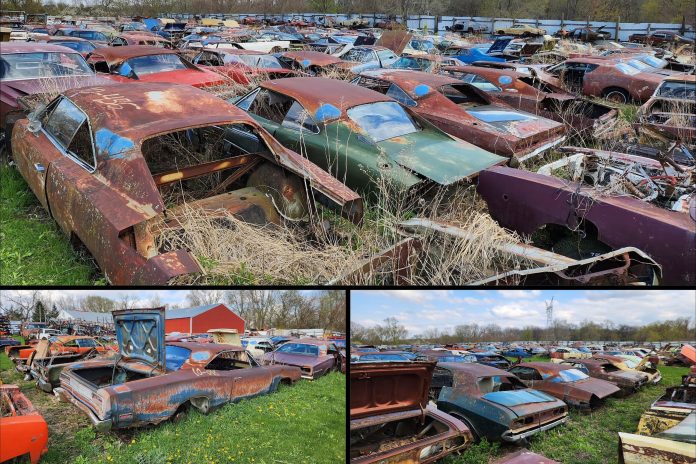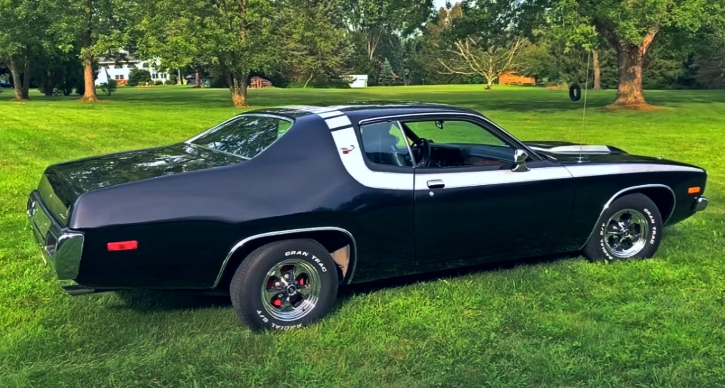In the vast landscape of auction events and local cars and coffee meetings across the US, it’s easy to assume that classic cars have endured the test of time. However, the reality is that a substantial number of these automotive legends are quietly decaying in junkyards and forgotten barns, amounting to millions of neglected automobiles.
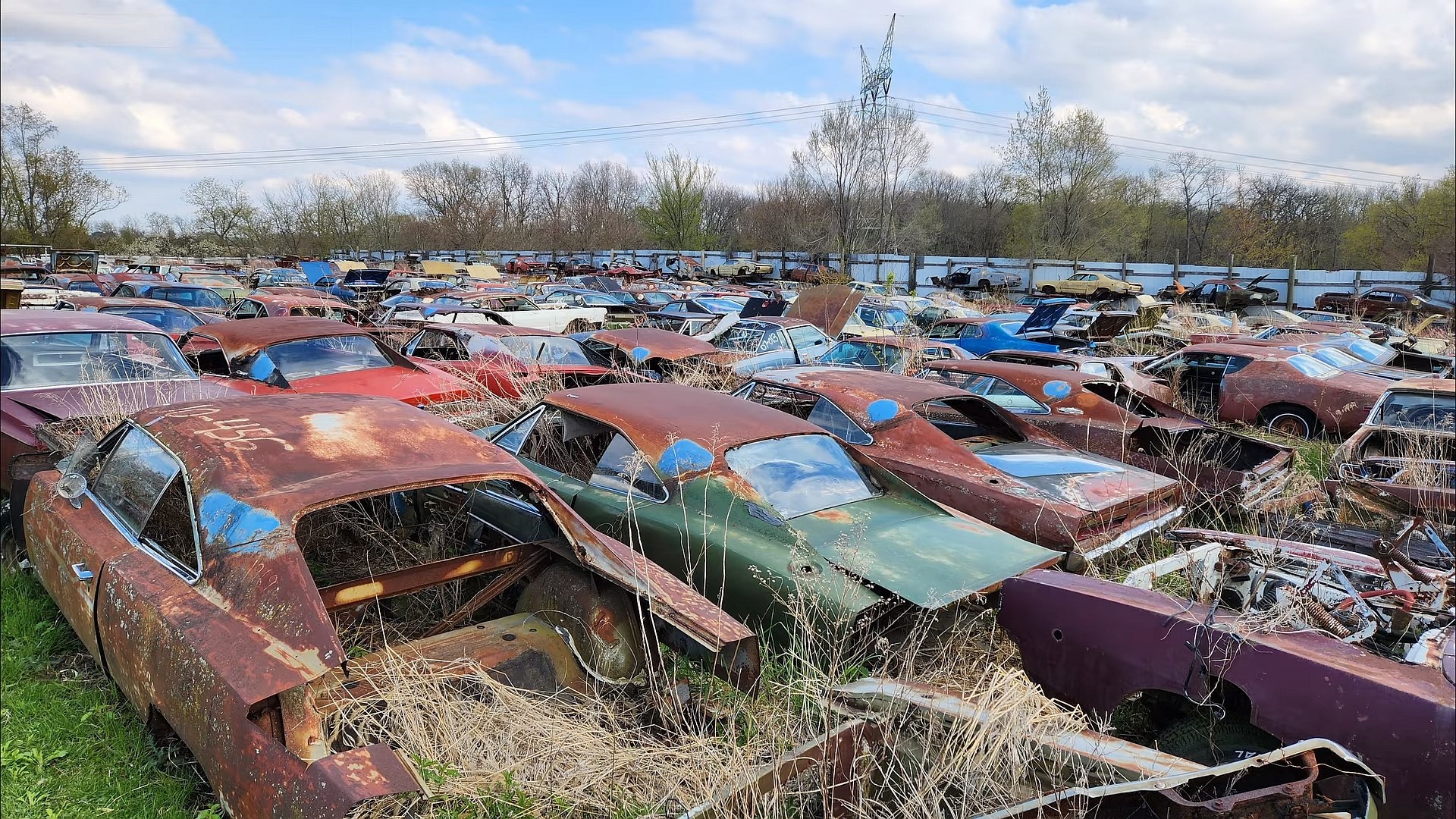
Mopar City: A Sanctuary for Classic Cars
Not all junkyards are a graveyard for rusted relics beyond repair. Mopar City in Oregon, Illinois, stands out as a beacon of hope for classic car enthusiasts. This yard houses thousands of classic cars, sourced from various yards and barns over several decades. What sets it apart is its focus on Mopars, with an extensive collection of B-body and E-body vehicles.
The B-body, introduced in 1962, became a cornerstone for Chrysler’s midsize vehicles. Initially featured in models like the Dodge Dart and Polara, as well as the Plymouth Fury, Savoy, and Belvedere, it evolved to spawn iconic muscle cars like the Dodge Charger, Super Bee, Plymouth GTX, and Road Runner in the 1960s. Even as muscle cars waned in the early ’70s, the B-body platform persisted until 1979 in models like the Cordoba, Monaco, and Magnum.
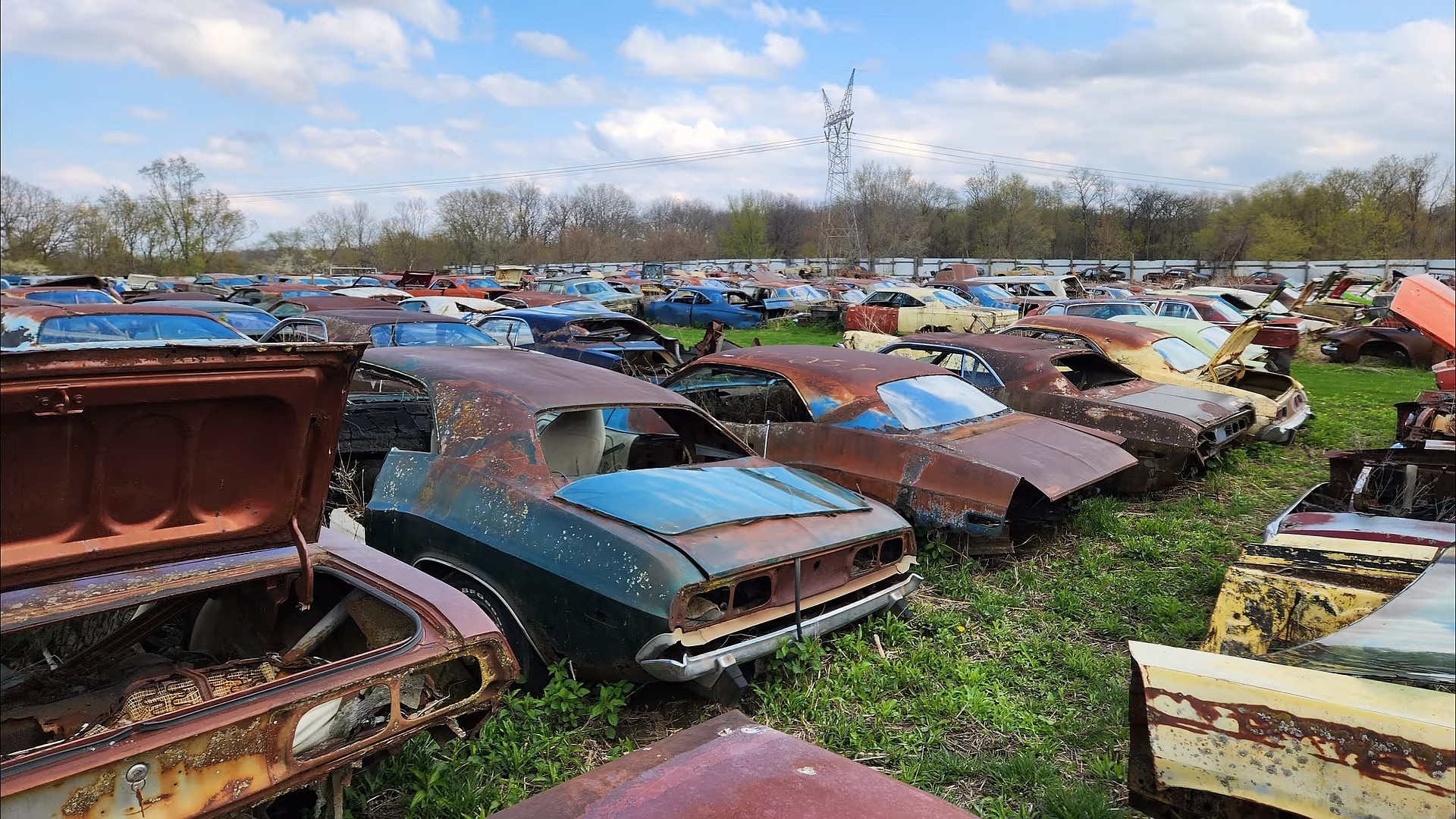
Mopar City stands as a time capsule of the golden era of muscle cars, brimming with B-body rigs. Among the familiar Coronets and Belvederes, the yard holds rare gems such as late ’60s Charger R/Ts, early ’70s big-block versions, and numerous Super Bees and Road Runners. The first-generation Chargers, now increasingly coveted, also grace this treasure trove.
E-Body Elegance: A Short-Lived Legacy
In 1969, the E-body platform made its entrance, underpinning only two cars—the third-generation Barracuda for Plymouth and the Challenger for Dodge. Unlike the enduring B-body, the E-body’s history concluded with the 1974 model year. Despite its brevity, both the Barracuda and Challenger, especially those housing big-block engines, have ascended to fame and high market values.
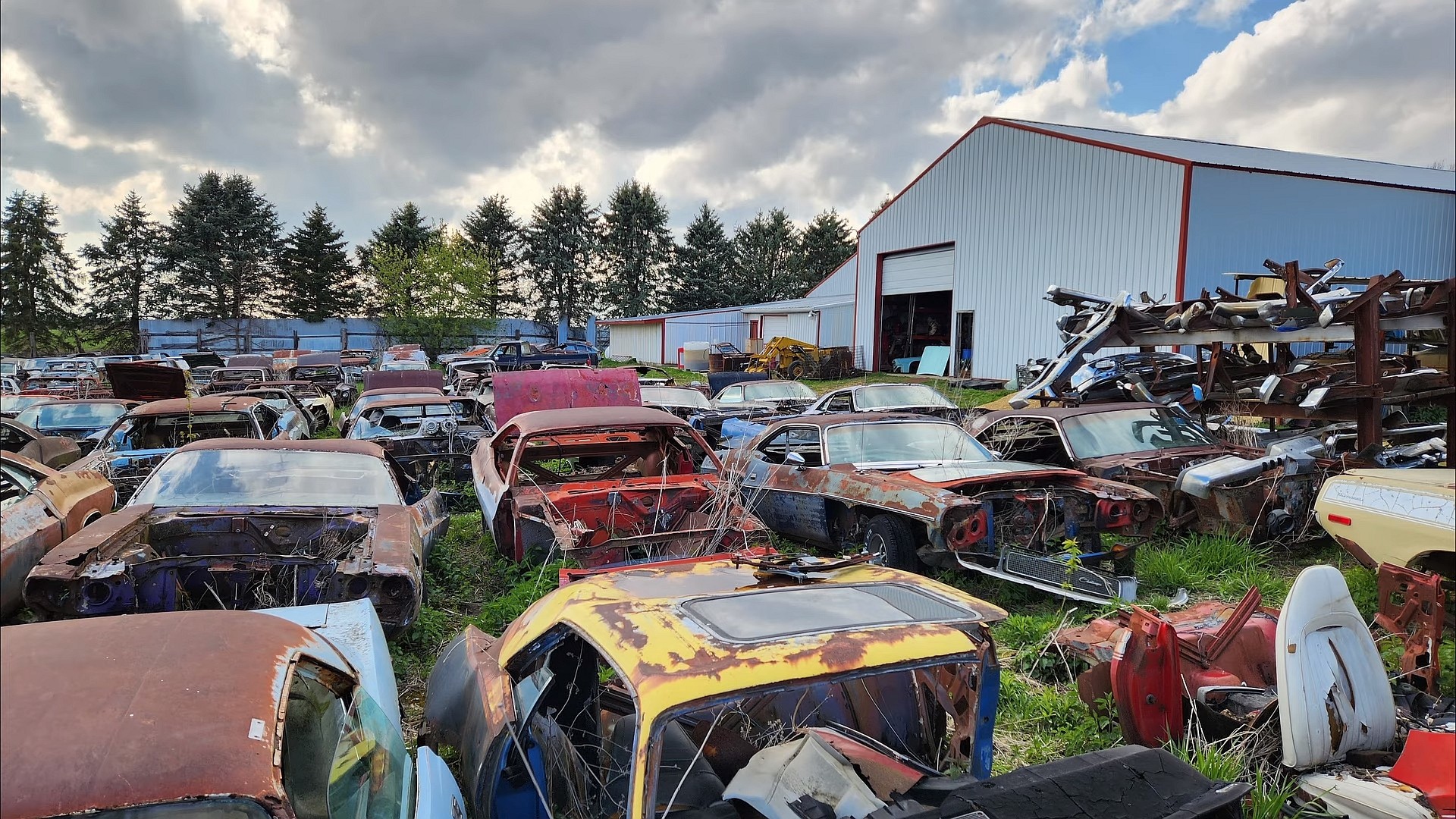
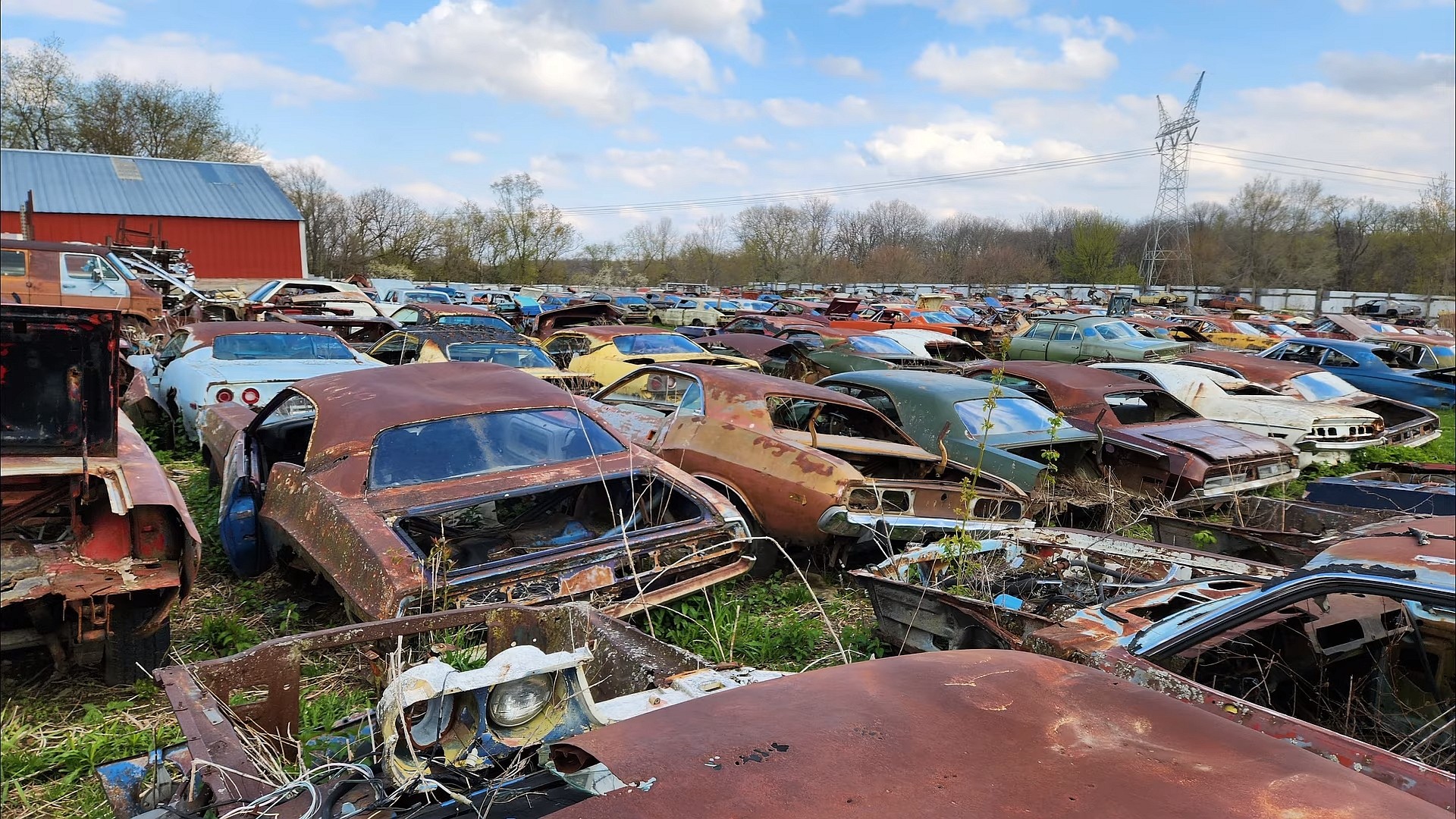
While the yard may lack HEMI cars, rows of E-body rigs tell a compelling story. With models from various years, including rare and early R/Ts and ‘Cudas, Mopar City serves as a haven for E-body enthusiasts seeking elusive treasures.
While many of these classic cars may seem destined for obscurity, some in Mopar City’s collection stand resilient. Despite their current state, certain examples appear salvageable, promising a second life once rescued from the yard. As a tantalizing offer, the entire lot is up for sale, making it a promising starting point for those in search of B-body and E-body parts.
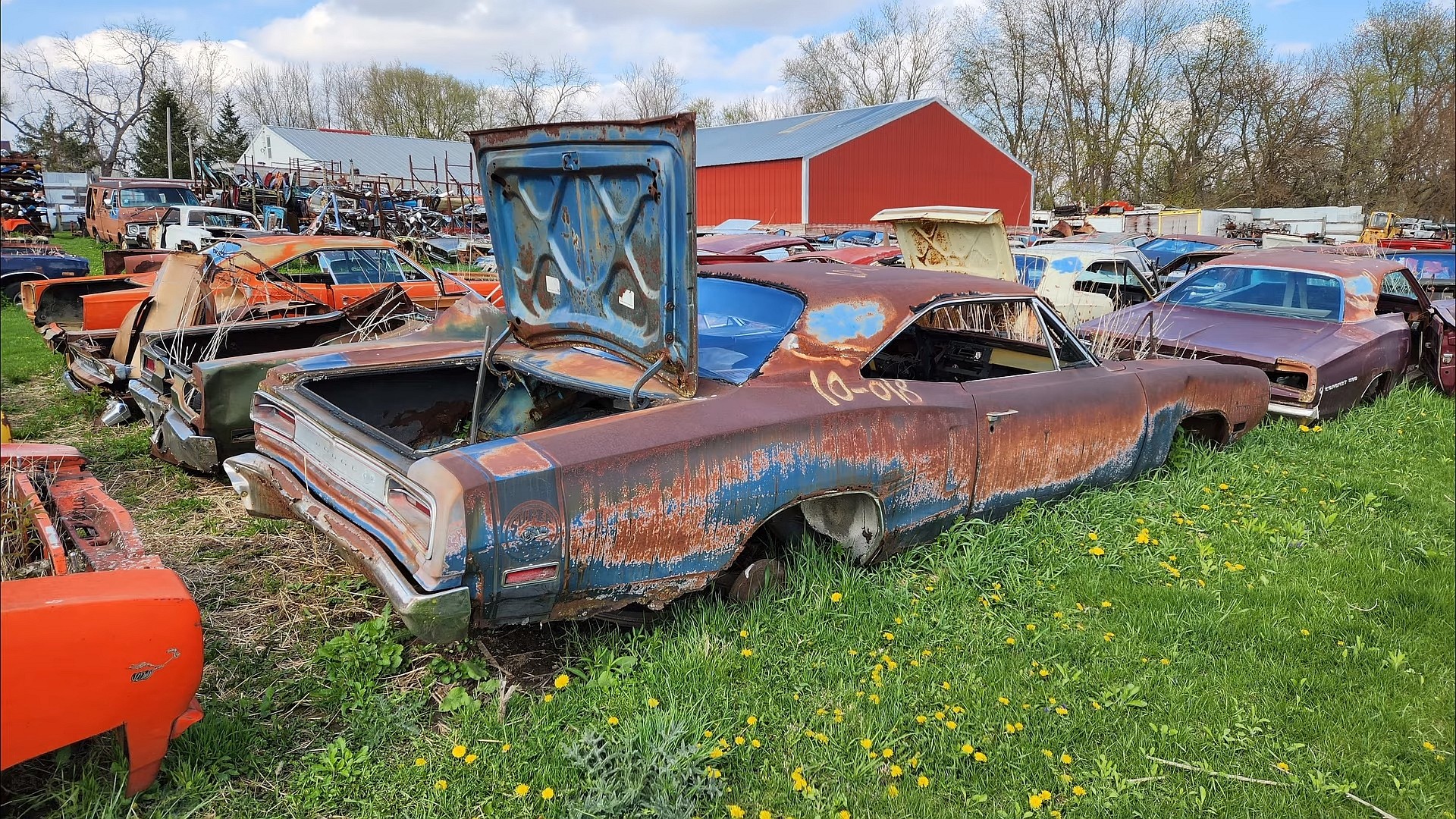
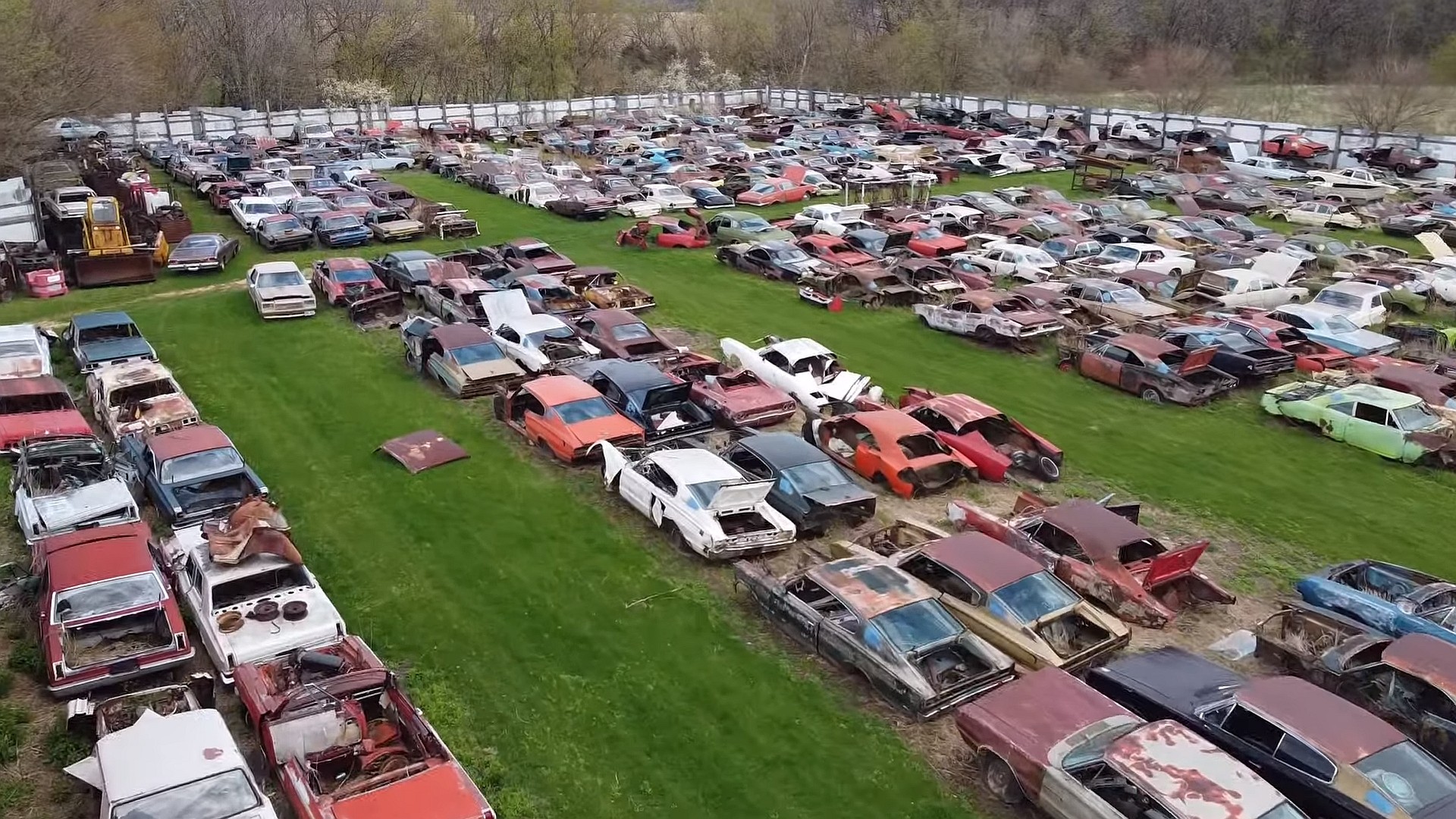
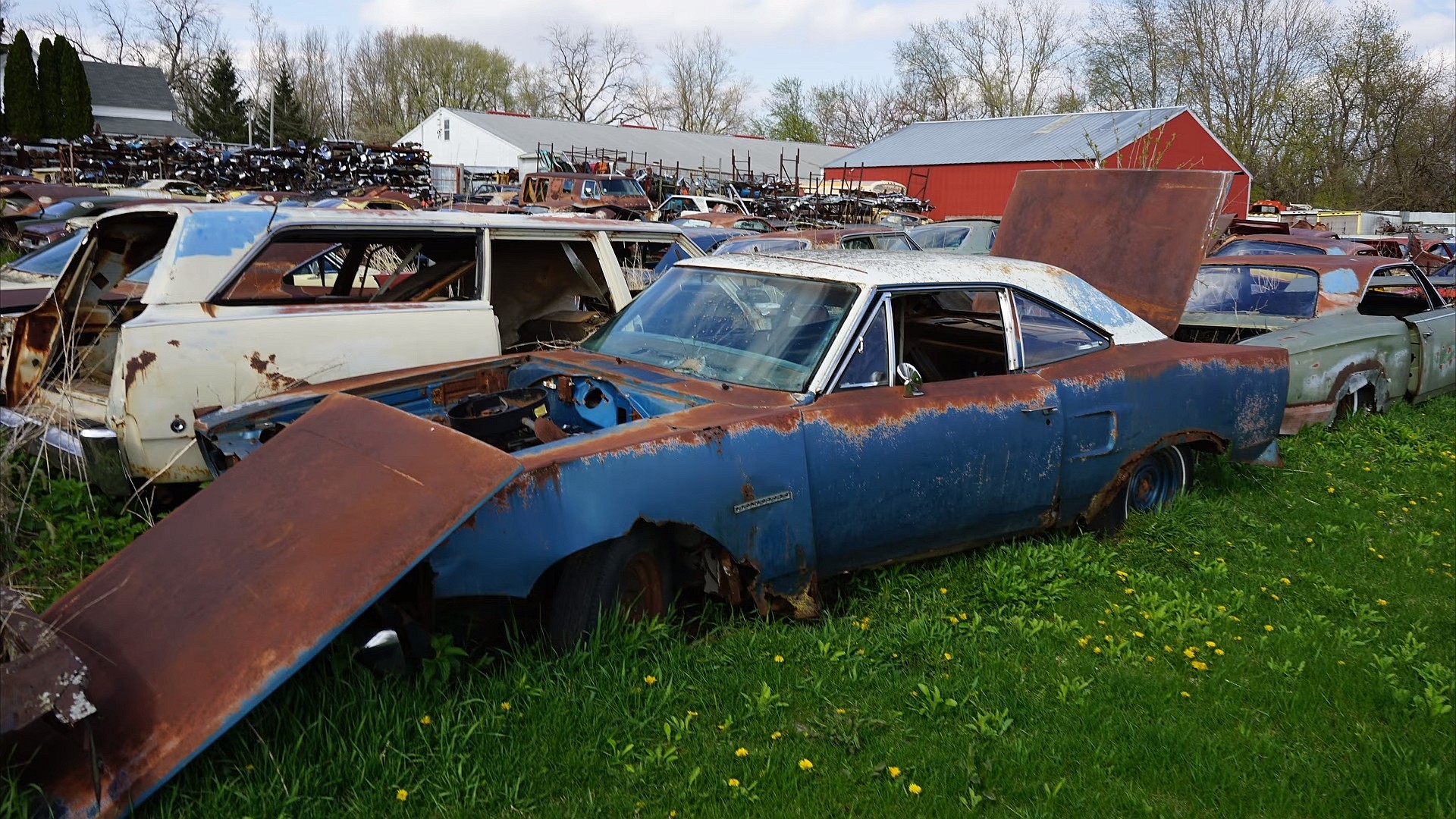
# FAQs
**Q1: Are all the cars in Mopar City beyond repair?**
A1: No, while some may seem beyond salvation, there are examples that appear solid and are potential candidates for restoration.
**Q2: Are HEMI cars available in Mopar City?**
A2: The report didn’t mention HEMI cars specifically, but the yard boasts a diverse collection of B-body and E-body vehicles.
**Q3: Is Mopar City open to the public?**
A3: The report doesn’t provide details on public access, but as the entire lot is for sale, interested buyers can potentially explore the collection.
**Q4: How significant are the E-body models in Mopar City?**
A4: The yard features numerous E-body vehicles, showcasing the short-lived yet iconic legacy of the Barracuda and Challenger, including rare and early R/Ts and ‘Cudas.

The junkyard is a sad sight if you’re a classic car nut, but it’s not always about rust buckets ruined beyond salvation. Some yards include vehicles that still deserve a second chance. And some of those that aren’t worth restoring can become valuable parts donors. Mopar City in Oregon, Illinois, is one of those places.Documented by YouTube’s “Auto Archaeology,” this yard brings together thousands of classic cars, either rescued from other yards or barns over a few decades. But the really cool thing about this place is that it’s packed with Mopars. Moreover, it includes a vast selection of B-body and E-body vehicles.
One of Chrysler’s most iconic automobile platforms, the B-body was introduced in 1962 for midsize vehicles, which were gaining popularity at the time. It found its way into the Dodge Dart and Polara, as well as the Plymouth Fury, Savoy, and Belvedere that year.
Later in the 1960s, the B-body platforms spawned high-performance Mopars like the Dodge Charger and Super Bee and the Plymouth GTX and Road Runner. It was also used for the NASCAR-spec Charger Daytona and Superbird. Although muscle cars disappeared in the early 1970s, Dodge used the B-body platform through 1979 in the more mundane Cordoba, Monaco, and Magnum models.
This yard is loaded with B-body rigs from the golden muscle car era. And while many of them are relatively common Coronets and Belvederes, the stash also includes a few rare gems. You’ll spot a bunch of Charger R/Ts from the late 1960s, a few big-block versions from the early 1970s, and many Super Bees and Road Runners. You’ll also see many first-generation Chargers, which are becoming increasingly more desirable nowadays.
The owner also amassed rows and rows of E-body rigs. The latter made its debut in 1969 and underpinned only two cars. Plymouth used it for the third-generation Barracuda, while Dodge launched its own version under the Challenger name. Unlike the B-body, the E-body platform was short-lived, going into the history books at the end of the 1974 model year.
But both the Barracuda and the Challenger are pretty famous and expensive nowadays, especially those fitted with big-block engines. Our host did not spot any HEMI cars in this yard, but there are dozens of E-body vehicles from all model years, including rare and early R/Ts and ‘Cudas.
Granted, most of them aren’t worth restoring, but some examples look solid and will clean up nicely once removed from the yard. Speaking of which, the entire lot is for sale. So, if you’ve been looking for B-body and E-body parts, it’s a good place to start.



